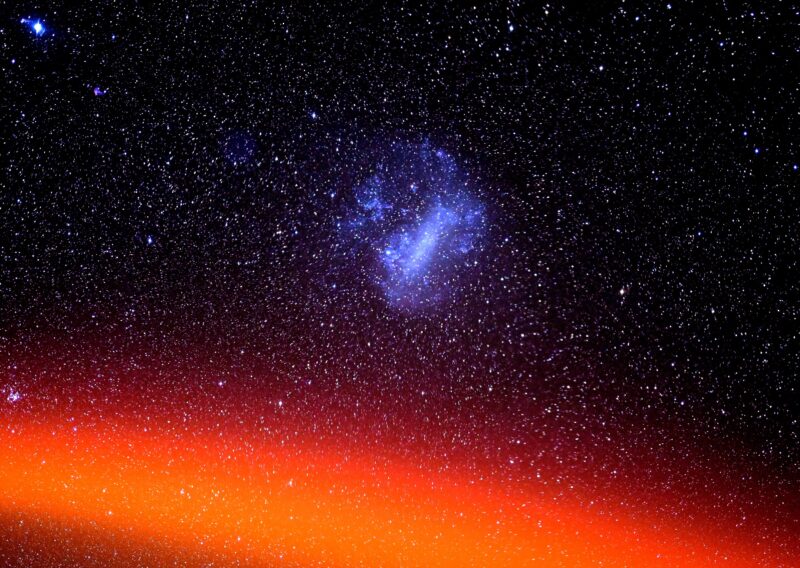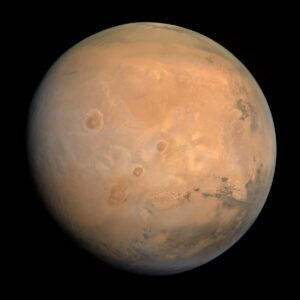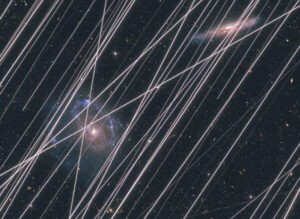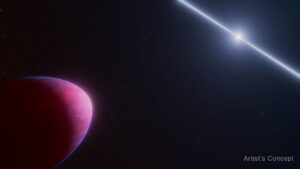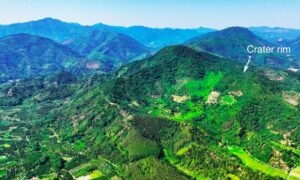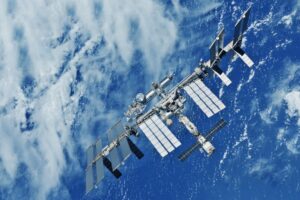NASA astronaut Don Pettit’s hobby is astrophotography and his images from the International Space Station are always a cut above. He even uses special tools to capture what he sees.
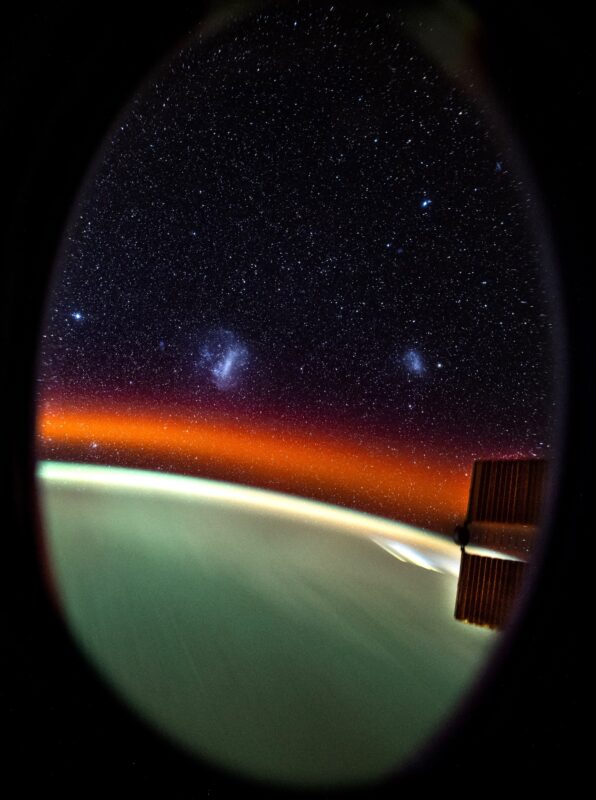
The Large Magellanic Cloud and the Small Magellanic Cloud. Photo: Don Pettit
His most recent images show the Large and Small Magellanic Clouds against a backdrop of pinpoint stars. These satellite galaxies orbit the Milky Way and are 200,000 light-years away. Pettit used a homemade equatorial mount. It lets him take long exposures where the stars remain pinpoints rather than streaks, and the foreground is not blurry.
The ISS moves at a staggering 28,000kph, and photographing at that speed is no mean feat. How many good shots have you taken from a moving car? Pettit’s mount sits between the camera and tripod and negates the movement of both the ISS and the objects hurtling through space, allowing him to take tack-sharp images.
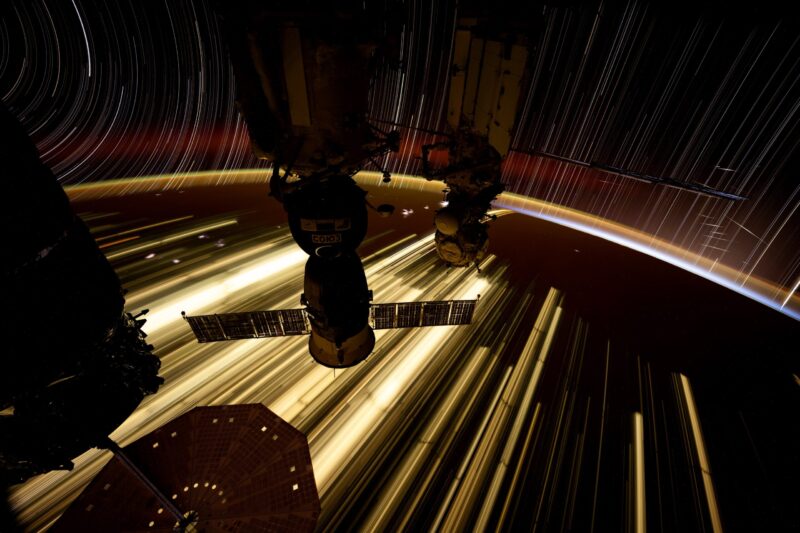
The star trail from the ISS. Photo: Don Pettit
Telling the story
Pettit has always shared his photos with the public over social media. “[Such] images help tell the story to people on Earth who don’t have the opportunity to go into space,” he explained to NASASpaceFlight.
This is Pettit’s fourth spaceflight. On each one, he worked to improve his astrophotography skills. The cameras on the ISS are almost never turned off, as you often only have seconds to get a shot. On this flight, new lenses on board the station improved nighttime images, allowing him to take his work to a new level.
Wonky streaks: Starlinks flashing ISS. Compared to the well-defined streaks from star trails, this time exposure shows wonky streaks flashing ISS. These are Starlink satellites reflecting pre-dusk or pre-dawn sunlight off their solar panels. They are only seen from 5 to 18… pic.twitter.com/zObu5c3O85
— Don Pettit (@astro_Pettit) November 15, 2024
The images of the satellite galaxies are not the only epic photos he took from the SpaceX Dragon Spacecraft, docked at the ISS. He photographed some Starlink satellites in an image that he has dubbed “cosmic fireflies.”
He had not intended to photograph the satellites, but they kept showing up in other images, so he decided to document them. Other images show the Tsuchinshan-ATLAS comet and the sixth flight test of the SpaceX Starship Rocket.
At 69, Petit is NASA’s oldest active astronaut. He has spent over 370 hours in space. Besides photography, he carries out experiments that range from studying plant growth and fluid physics to Earth observations and creating salt crystals in space.

Nikon Z9, 8mm fisheye, 30-second exposures at f/2.8, ISO 640, 30-minute time exposure.
